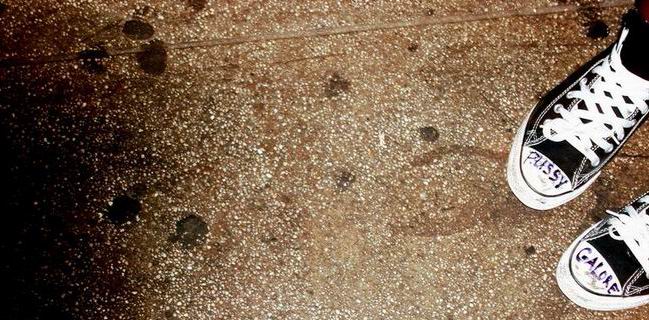
I'm not a fan of fancy things and all that expensive shit but I was certainly curious on the pearl process and how can a sea creature that almost everyone enjoys eating, makes a pearl within itself. Read & Watch this is fucking interesting.
Most jewelry is fashioned out of precious metals and jewels that are found buried in the Earth, but pearls are found inside a living creature, an oyster. Pearls are the result of a biological process -- the oyster's way of protecting itself from foreign substances.
Oysters are not the only type of mollusk that can produce pearls. Clams and mussels can also produce pearls, but that is a much rarer occurrence. Most pearls are produced by oysters in both freshwater and saltwater environments. To understand how pearls are formed in oysters, you must first understand an oyster's basic anatomy.
Oysters are bivalves, which means that its shell is made of two parts, or valves. The shell's valves are held together by an elastic ligament. This ligament is positioned where the valves come together, and usually keeps the valves open so the oyster can eat.
These are the parts of an oyster inside the shell:
Mouth (palps)
Stomach
Heart
Intestines
Gills
Anus
Abductor muscle
Mantle
As the oyster grows in size, its shell must also grow. The mantle is an organ that produces the oyster's shell, using minerals from the oyster's food. The material created by the mantle is called nacre. Nacre lines the inside of the shell.
The formation of a natural pearl begins when a foreign substance slips into the oyster between the mantle and the shell, which irritate s the mantle. It's kind of like the oyster getting a splinter. The oyster's natural reaction is to cover up that irritant to protect itself. The man tle covers the irritant with layers of the same nacre substance that is used to create the shell. This eventually forms a pearl.
So a pearl is a foreign substance covered with layers of nacre. Most pearls that we see in jewelry stores are nicely rounded objects, which are the most valuable ones. Not all pearls turn out so well. Some pearls form in an uneven shape -- these are called baroque pearls. Pearls, as you've probably noticed, come in a variety of various colors, including white, black, gray, red, blue and green. Most pearls can be found all over the world, but black pearls are indigenous to the South Pacific.
Cultured pearls are created by the same process as natural pearls, but are given a slight nudge by pearl harvesters. To create a cultured pearl, the harvester opens the oyster shell and cuts a small slit in the mantle tissue. Small irritants are then inserted under the mantle. In freshwater cultured pearls, cutting the mantle is enough to induce the nacre secretion that produces a pearl -- an irritant doesn't have to be inserted.
While cultured and natural pearls are considered to be of equal quality, cultured pearls are generally less expensive because they aren't as rare.

2 comments:
fabulous. I'm wearing some glorious parasites around my neck and wrist. LOL I just typed that and thoguht about the organic 'pearl necklace' that if internally seasoned correctly, it will taste GREAT ;o)
Thanks for the 'phone a friend' useless edu-tainment. LOL
Wow. So random & awesome. I love it. Kinda wanna take these pearls off tho. (You should see my face)
Post a Comment